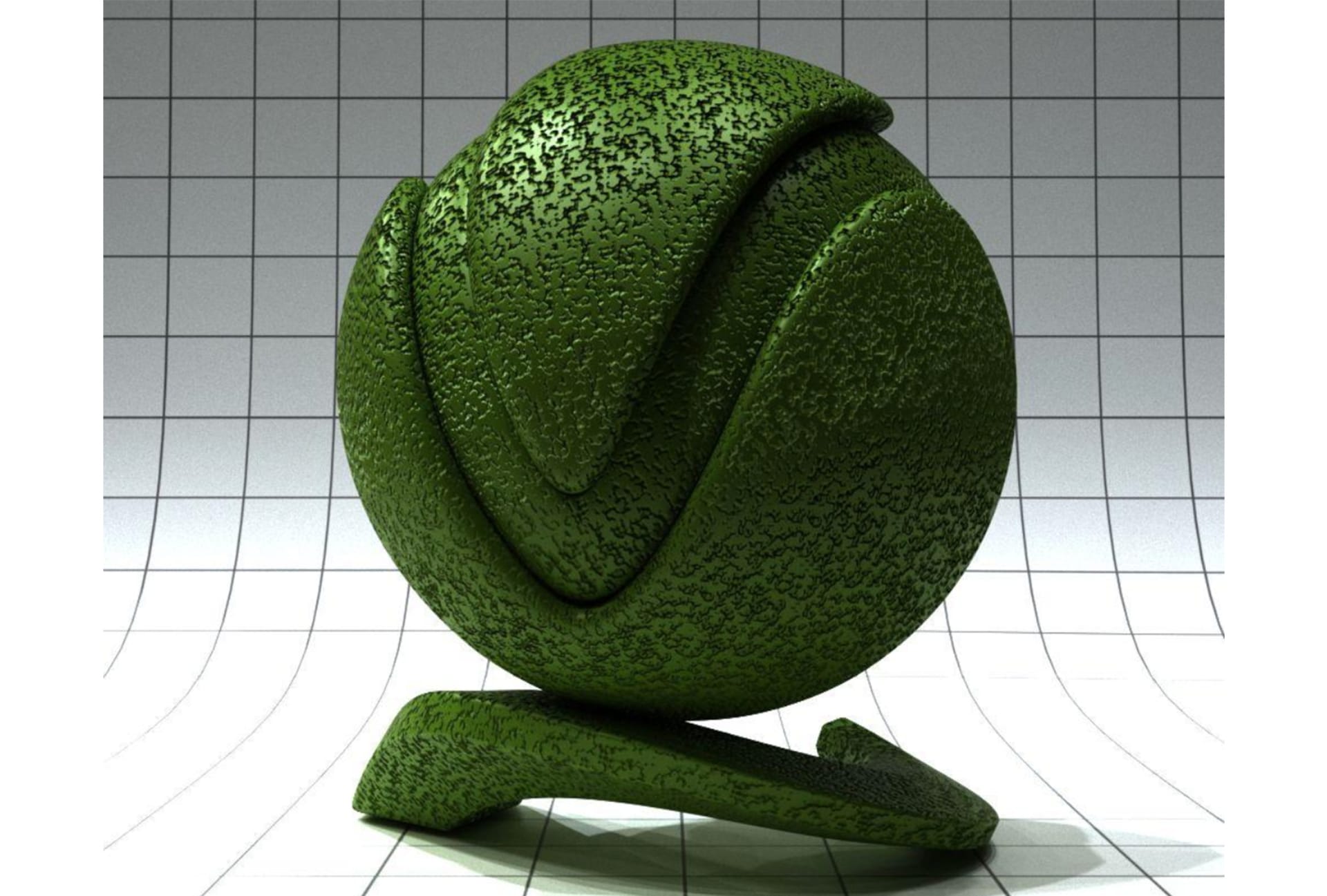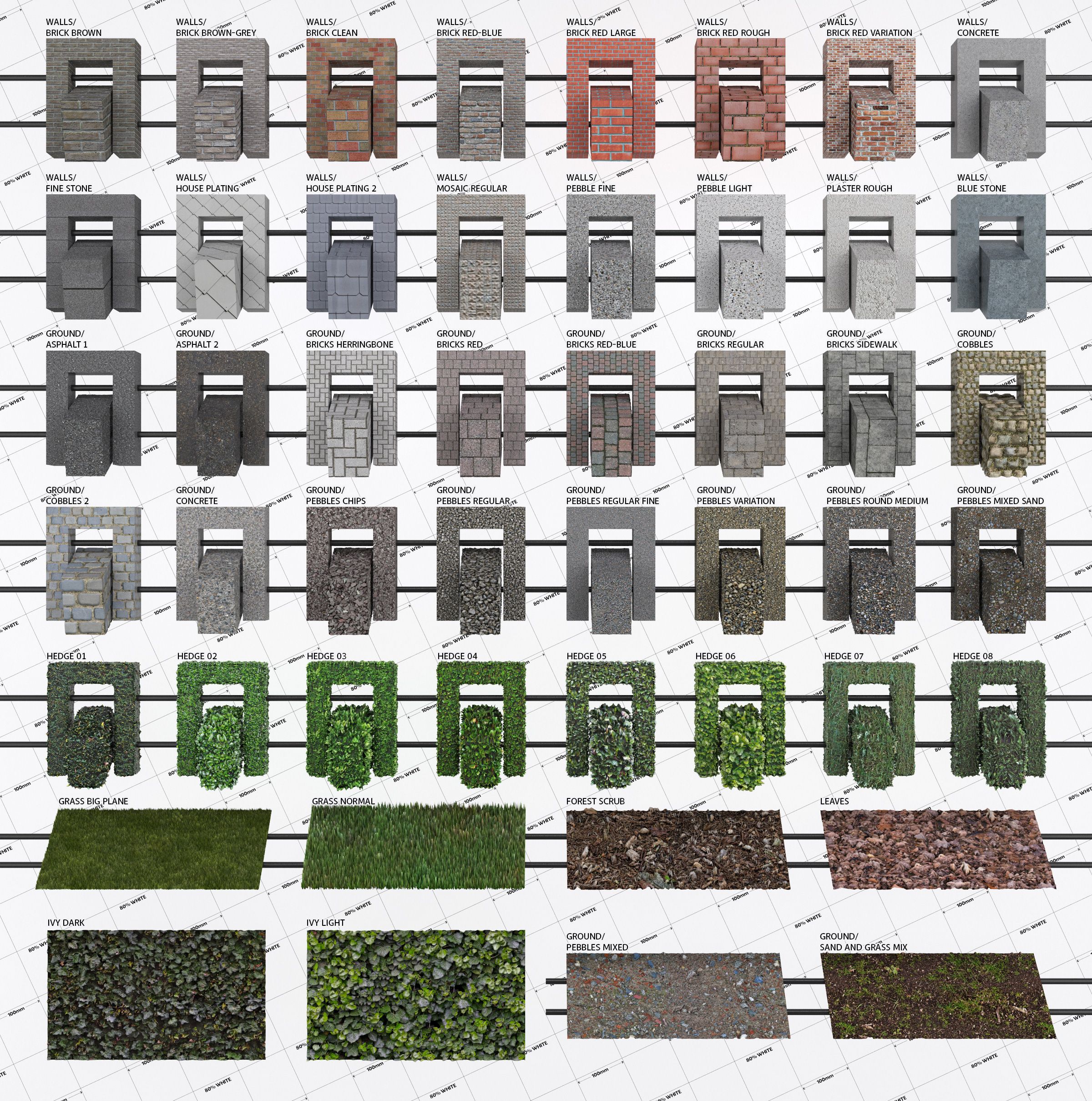

If you dont want to do that, then prepare to remake everything at least to some degree. That is what I was trying to say, if you dont want to remake, get substance. You can import your Vray stuff ,and then convert it within there and export again. You DONT need to recreate everything to get it into substance. Im saying if you want to do that alongside realtime, then substance painter or similar is your friend. By not using a texturing app as the intermediary, you have lost a lot of that control over switching between engines, renderers, shaders etc. Even if you change engine or renderer 2 years later youll be able to single click rexport in correct format. If you cant get from beginning to end of pipeline with a single asset, racing ahead making tons more will cause all sorts of issues.ĮDIT: anyway the point I was making about introducing a 3rd party app like substance is you can then convert any texturing done in it to VRAY, Unity etc etc with a single click. Create a final quality asset and bring it into unity and do a build.
#VRAY 3DS MAX MATERIAL LIBRARY TRIAL#
Next time to save yourself this kind of headache, trial your pipeline first.


If you dont want to spend on a solution, your going to have to look into the differences between vray and unity and then write your own editor script to convert and import from one to another. You may have to wait for someone else to answer as I am not that profiecient with VRay, also doing this manually would be the main way I would rectify it as youve already raced ahead and caused yourself some problems, and writing some auto tool just to get you back to where you should be in terms of Vray unity will take similar if not longer amount of time than spending a day or two dragging in assets by hand and relinking materials. Its standard in any studio to trial the pipeline first, you dont leave this stuff till the end. Thats what we do, we export with specific naming convetions and then unity automatically hooks everything up, creates materials, sets texture import settings, creates prefabs etc all automatically.Ĭlick to expand.Well normally you would research this first? Why did you go and create hundreds of things before knowing if your pipeline works? Then you can write a custom importer / processor that can look for bits in names and auto hook them up. Most people tend to do texturing in a texturing app like substance painter anyway, which will output unity compatible versions easily and can convert easily This is because the unity shaders are different from the ones in most DCC programs, and each DCC will have its own shader. You need to create unity compatible versions of your maps and most likely bring them in manually. For more information, see the Importing Textures documentation."īut in general the textures are not going to all just come in automatically and perfectly from max or maya. This enables the Unity Editor to find the Textures and connect them to the generated Materials. " Note: You must store Textures in a folder called Textures, placed inside the Assetsįolder (next to the exported Mesh) within your Unity Project. Thats all that will import with it by default.


 0 kommentar(er)
0 kommentar(er)
